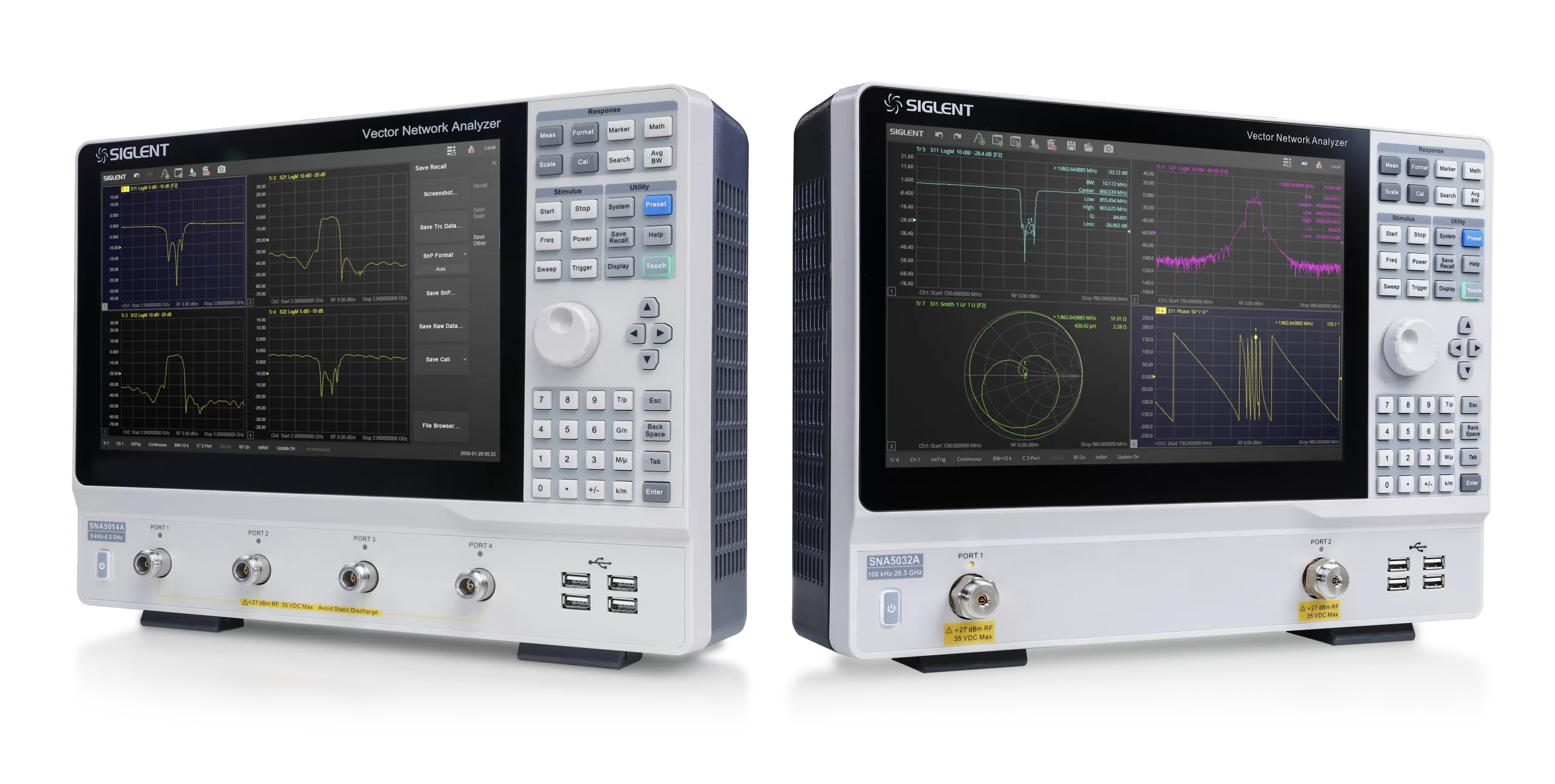Understanding the Functionality and Applications of Vector Network Analyzers
A Vector Network Analyzer (VNA) is a sophisticated electronic instrument widely used in the field of radio frequency (RF) and microwave engineering. This device plays a crucial role in measuring and characterizing the electrical performance of high-frequency components and systems. In this article, we will delve into the working principles, key features, and various applications of Vector Network Analyzers, highlighting their significance in modern technology.
I. Working Principles of Vector Network Analyzers:
Vector Network Analyzers operate based on the principles of RF signal analysis, employing both amplitude and phase information for accurate measurements. These instruments generate stimulus signals and analyze the reflected or transmitted signals from the device under test (DUT). The VNA measures the complex scattering parameters (S-parameters) of the DUT, providing valuable insights into its electrical behaviour across a range of frequencies.
II. Key Features of Vector Network Analyzers:
Frequency Range and Resolution: VNAs cover a broad frequency spectrum, ranging from RF to microwave frequencies. The ability to analyze signals with high frequency resolution is a key feature, allowing engineers to examine the performance of components across specific frequency bands.
Calibration Techniques: Precise calibration is essential for accurate measurements. VNAs utilize calibration techniques such as Short-Open-Load-Thru (SOLT) calibration to remove systematic errors and enhance measurement accuracy.
Port Configurations: VNAs come in various port configurations, including two-port, three-port, and four-port models. Different configurations offer flexibility for measuring various types of devices, from simple components to complex systems.
Dynamic Range: The dynamic range of a VNA is crucial for detecting weak signals amidst noise. High dynamic range ensures accurate measurements even in challenging conditions, making VNAs suitable for a wide range of applications.
III. Applications of Vector Network Analyzers:
Antenna Characterization: VNAs are extensively used to characterize the performance of antennas, including reflection coefficient, impedance matching, and radiation patterns. This information is crucial for optimizing antenna designs for specific applications.
Filter and Amplifier Design: In RF and microwave circuit design, VNAs are indispensable for characterizing filters and amplifiers. Engineers can analyze the frequency response, gain, and other parameters to ensure optimal performance in communication systems.
Microwave Component Testing: Microwave components, such as connectors, cables, and waveguides, undergo thorough testing using VNAs. The instruments provide insights into insertion loss, return loss, and other critical parameters, aiding in quality control and reliability assessments.
Network Analysis in Communication Systems: VNAs play a vital role in the design and maintenance of communication networks. They help identify signal degradation, impedance mismatches, and other issues that could impact the overall performance of the network.
Conclusion:
In conclusion, Vector Network Analyzers are indispensable tools in the realm of RF and microwave engineering. Their ability to accurately measure and analyze the electrical characteristics of components and systems has widespread applications in various industries, including telecommunications, aerospace, and electronics. As technology continues to advance, VNAs will remain pivotal for ensuring the reliability and efficiency of high-frequency devices and networks.


